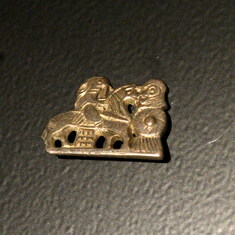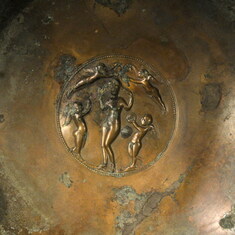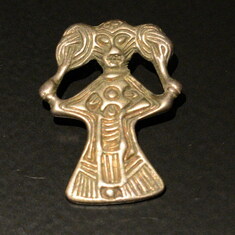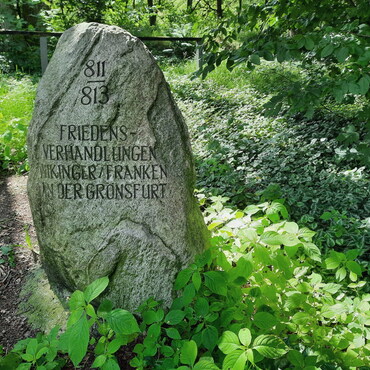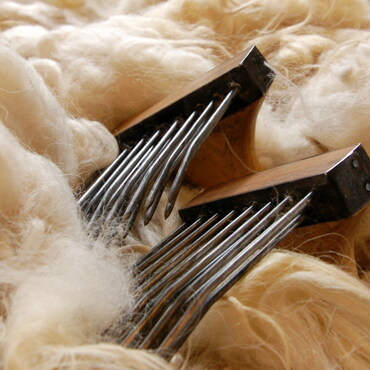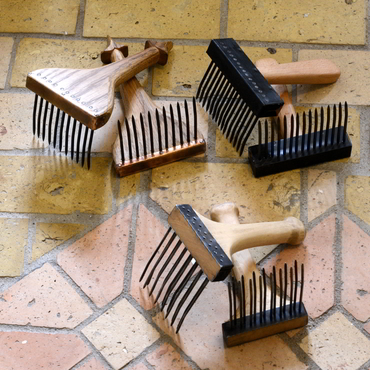The guided tour started with the Roman tableware from the chiefly residence at Hoby, which was of very high quality even in Roman terms. Two silver cups portray scenes from the Greek mythology and illustrate the beauty ideals of the time: muscular warriors, the civilized (Achill) beardless and with well cut hair, the barbaric (Priam) with cap, breeches and a beard - not particularly Roman in fashion. A bronze bowl shows Aphrodite/Venus as she emerges from the sea, slender and beautiful even for today's standard.
Next, brooches depicting female warriors (Valkyries) were discussed. The armed figures can be identified as such because of the typical hair knot and the long gown. Aphrodite, the Goddess of fertility and beauty, combined with fierce Valkyries riding over the battlefield - this leads to Freyja. One silver brooch in particular may show this Goddess of beauty. Jewelry on her chest and a wide, feather-like mantle fit mythological descriptions. The face looks cat-like, which fits well to the cats which are attributed to Freyja and which pull her wagon. This, in turn, has a parallel with the ancient Goddess Cybele, whose wagon was pulled by two lions. The silver figurine reaches up to her hair and thus reminds of Aphrodite, wringing the sea water out of her hair.
Dr. Hanauska then talked about the Northern women's appearances. The typical oval brooches, several layers of dress, the hairstyle... some passages from Ibn Ya'qúb's account on Hedeby were cited, mentioning some kind of make-up, the way they wore their hair (not hidden, but held together with pins or braids or knots), a description of the clothes. She further emphasized the fashion connected to trefoil brooches which started as part of Frankish strap kits but went out of use after two generations, except in the North, where they were imitated and became a typical brooch type.
The life of the women was portrayed as the typical cooking and weaving head of the family, but with a certain power over the household - and herself. Women had the right to divorce under certain circumstances and could choose their husbands themselves. If husband and children died before her she would inherit the land and property. Dr. Hanauska compared facts like those with the situation on the continent, where women were less free, had less rights and punishments for e.g. committing adultery were much stricter. Some typical woman's accessories were shown using artifacts from the exhibition. One especially interesting aspect was mentioned concerning keys: Only about 5% of Viking Age women's graves had keys, only a few of those keys were functional and often a lock was missing; also, the highest social strata lacked keys in their graves. Could it be that a key symbolizes the grave of a völva?
Although many of the information were known to us already, it was a very interesting presentation and served to make us more curious about some aspects of Viking Age life and about some sources - historical and archaeological - that we have not touched before. Also, it illustrated well how tight at least the mythological and ritual connections between the continental and Scandinavian cultures were, not just from the Middle Ages, but many centuries before.
